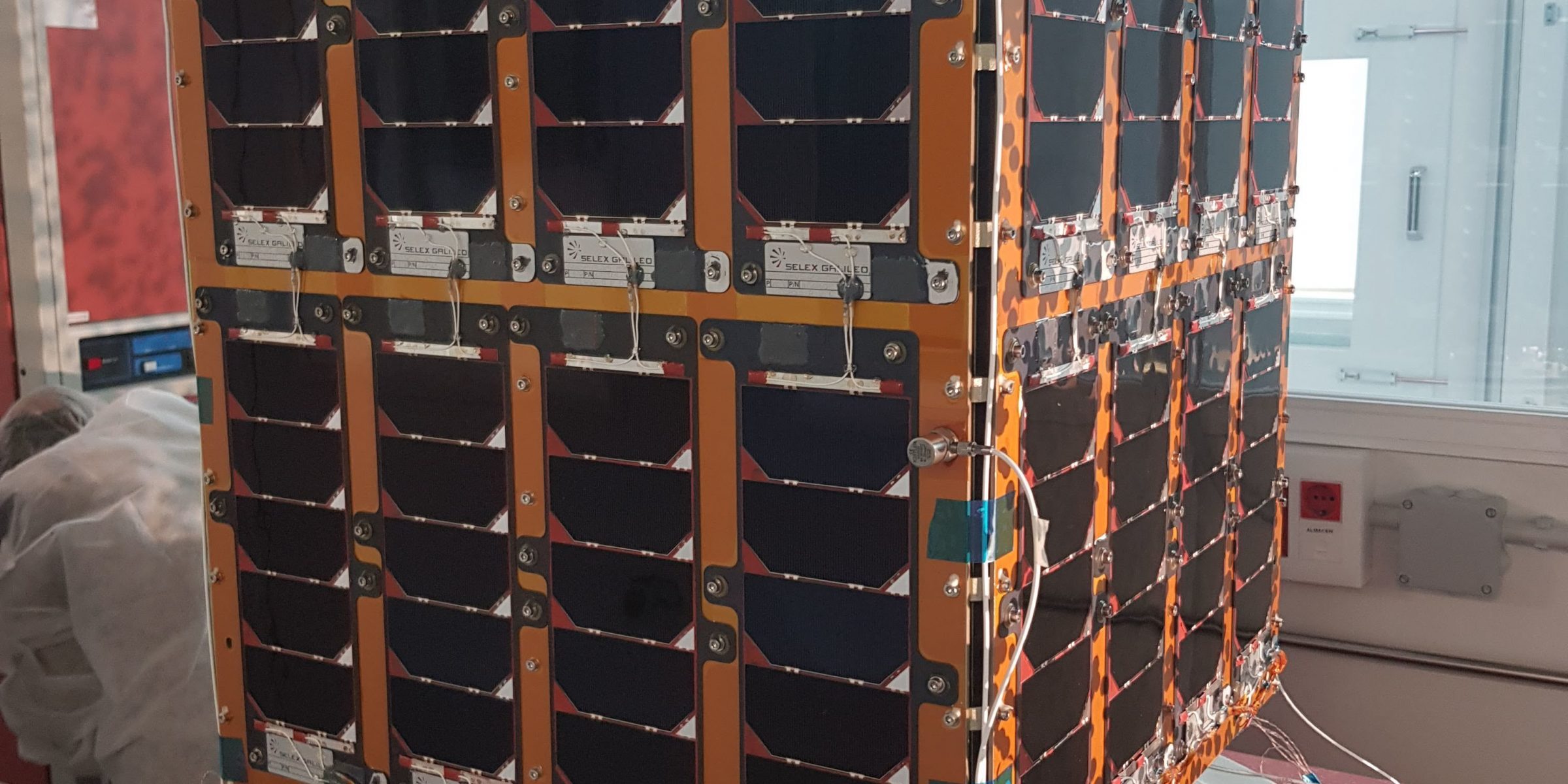
Using Ada for a Spanish Satellite Project
by Juan Zamorano –
I am an Associate Professor at Polytechnic University of Madrid’s (Universidad Politécnica de Madrid / UPM) in the Department of Architecture and Technology of Computer Systems. For the past several years I have been directing a team of colleagues and students in the development of a UPMSat-2 microsatellite. The project originally started in 2013 as a follow-to the UPM-SAT 1, launched by an Ariane-4 in 1995.
The UPMSat-2 weighs 50kg, and its geometric envelope is a parallelepiped with a base measuring 0.5m x 0.5m and a height of 0.6m. The microsatellite is scheduled to be launched September 9, 2019 on a Vega launcher, and is expected to be operational for two years.
The primary goals of the project were:
- to improve the knowledge of the project participants, both professors and students;
- to demonstrate UPM’s capabilities in space technology;
- to design, develop, integrate, test, launch and operate a microsatellite in orbit from within a university environment; and
- to develop a qualified space platform that can be used for general purpose missions aimed at educational, scientific and technological demonstration applications.
The project encompasses development of the software together with the platform, thermal control, attitude control, and other elements. In 2014, we selected AdaCore’s GNAT cross-development environment for the UPMSat-2 microsatellite project’s real-time on-board and ground control software.
While Java is the primary language used to teach programming at UPM, Ada was chosen as the main programming language for our project because we considered it the most appropriate to develop high-integrity software. In total, the on-board software consists of more than 100 Ada packages, comprising over 38K lines of code. For the altitude control subsystem, we used C code that was generated automatically from Simulink® models (there are 10 source files in C, with a total of about 1,600 lines of code). We also used database and XML interfaces to support the development of the ground control software.
Ada is Easy to Learn
Since most of our students are last-year or graduate students, they generally have programming experience. However, they did not have experience with embedded systems or real-time programming, and none of them had any previous experience with GNAT, SPARK or Ada.
To teach Ada to our students, we provided them with John Barnes’ Programming in Ada 2012 textbook and spent a fair amount of time with it in the laboratory. The difficult part was not in understanding and using Ada, but rather in understanding the software issues and programming style associated with concurrency, exceptions, real-time scheduling, and large system design. Fortunately, Ada’s high-level concurrency model, simple exception facility, real-time support, and its many features for “programming in the large” (packages, data abstraction, child libraries, generics, etc.) helped to address these difficulties.
We also used a GNAT feature that saved us a lot of tedious coding time - the Scalar_Storage_Order attribute. The UPMSat-2’s on-board computer is big-endian and the ground computer is little-endian. Therefore, we had to decode and encode every telemetry and telecommand message to deal with the endianness mismatch. I learned about the Scalar_Storage_Order feature at an AdaCore Tech Day, and it works really well, even for 12-bit packet types.
Although it would have been nice to have some additional tool support for things like database and XML interfacing, we found the GNAT environment very intuitive and especially appreciated the GPS IDE; it’s a great tool for developing software.
Why Ada?
I have been in love with Ada for a long time. I learned programming with Pascal and concurrent Pascal (as well as Fortran and COBOL); I find it frustrating that, at many academic institutions, modular, strongly-typed, concurrent languages such as Ada have sometimes been replaced by others that have much weaker support for good programming practices.
While I do not teach programming at UPM, my research group tries to use Ada whenever possible, because we consider it the most appropriate programming language for illustrating the concepts of real-time and embedded systems. I have to say that most of my students have also fallen in love with Ada. Our graduate students in-particular appreciate the value and reliability that Ada brings to their final projects.
